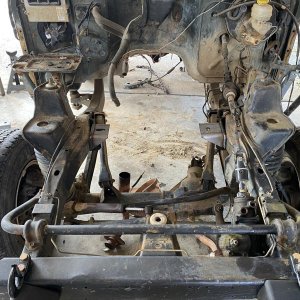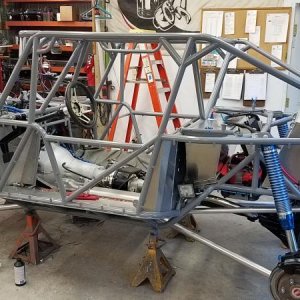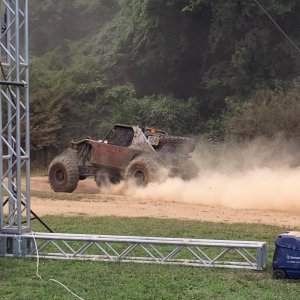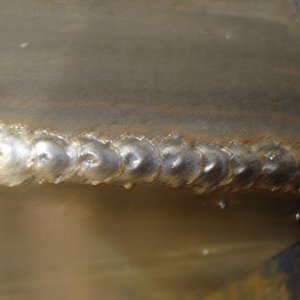I found a u-joint stress test done by the University of Washington on Spicer, Longfield, Yukon and CTM U-joints. It has some really good info on them. I thought I had originally found it on this here, but I can't find it now, so sorry if it's a repost.
http://www.longfieldsuperaxles.com/images/StressTest.pdf
http://www.longfieldsuperaxles.com/images/StressTest.pdf









